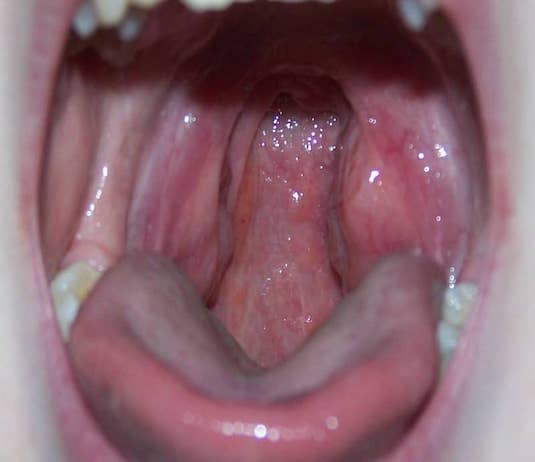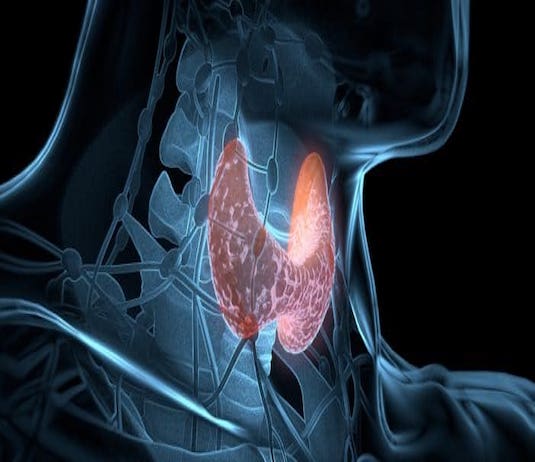Category: Medical News
-

Herniated disc
I – Introduction: A- Definition of herniated disc: Herniated disc is a common condition that affects the spine. It occurs when an intervertebral disc, which acts as a shock absorber between the vertebrae, shifts or ruptures. This movement can lead to pressure on surrounding nerves and nerve roots, causing pain or deficient symptoms. Herniated disc can occur anywhere…
-

Sore
I – Introduction: A- Definition of the cold sore: Cold sores are a common skin condition caused by herpes simplex virus type 1 (HSV-1) or type 2 (HSV-2). This condition is manifested by the appearance of painful blisters on the skin or mucous membranes. The cold sore is often confused with other skin conditions such as insect…
-

Cytomegalovirus
I – Introduction: A- Definition of cytomegalovirus: Cytomegalovirus (CMV) is a virus belonging to the herpesvirus family. It is very common in humans and can cause serious illness in immunocompromised people or in pregnant women and their fetuses. CMV is transmitted sexually, through blood, passed from mother to child during pregnancy, or through contact with infected bodily…
-

Angina
I – Introduction: A- Definition of angina: Angina is a medical condition that occurs when the glands located in the neck are inflamed. Sore throats can be caused by a variety of infections, including bacterial, viral, or fungal. The most common bacterial infections are caused by streptococcus, which is a bacterium that can lead to strep throat. Viral…
-

Diarrhea
I – Introduction: A- Definition of diarrhea: Diarrhea is a digestive condition characterized by the production of frequent, watery stools. It can be caused by a number of factors, such as bacterial, viral or parasitic infections, ingestion of contaminated water, food intolerance, medications, etc. Diarrhea can cause distress and embarrassment, and can also lead to significant dehydration…
-

Scabies
I – Introduction: A- Definition of scabies: Scabies is an infectious disease caused by insects called mites. These are mites that dig galleries under the skin and lay their eggs there. Scabies can affect any part of the body, but is most common on the legs, arms, torso, and face. It can cause intense irritation and itching as…
-

Allergies
I – Introduction: A- Definition of allergies: Allergies are the body’s overreaction to foreign substances called allergens. Allergens can be many things, such as foods, dust, dust mites, pollens, medicines, animals and insects. When an allergic person is exposed to an allergen, their immune system produces antibodies called immunoglobulin E (IgE) to fight the allergen. This immune response…
-

Tachycardia
I – Introduction: A- Definition of tachycardia: Tachycardia is a medical condition characterized by an abnormally rapid heart rate, exceeding 100 beats per minute in resting adults. This condition may be temporary and without serious consequences, but in some cases it may be a sign of more serious heart problems such as coronary heart disease, congenital…
-

Psychosis
I – Introduction: A- Definition of psychosis: Psychosis is a term that describes a severe mental condition characterized by a loss of contact with reality. People with psychosis may experience hallucinations, delusions, thought disorders, and behavioral abnormalities. Hallucinations consist of sensory experiences that are not based on actual stimulation, such as imaginary voices or visions. Delusions are irrational…
-

Hypothyroidism
I – Introduction: A- Definition of hypothyroidism: Hypothyroidism is a medical condition characterized by insufficient production of thyroid hormones by the thyroid gland. The thyroid gland is located at the base of the neck and plays a crucial role in regulating metabolism, controlling the level of hormones that regulate the body’s energy consumption. When the thyroid gland…
You must be logged in to post a comment.